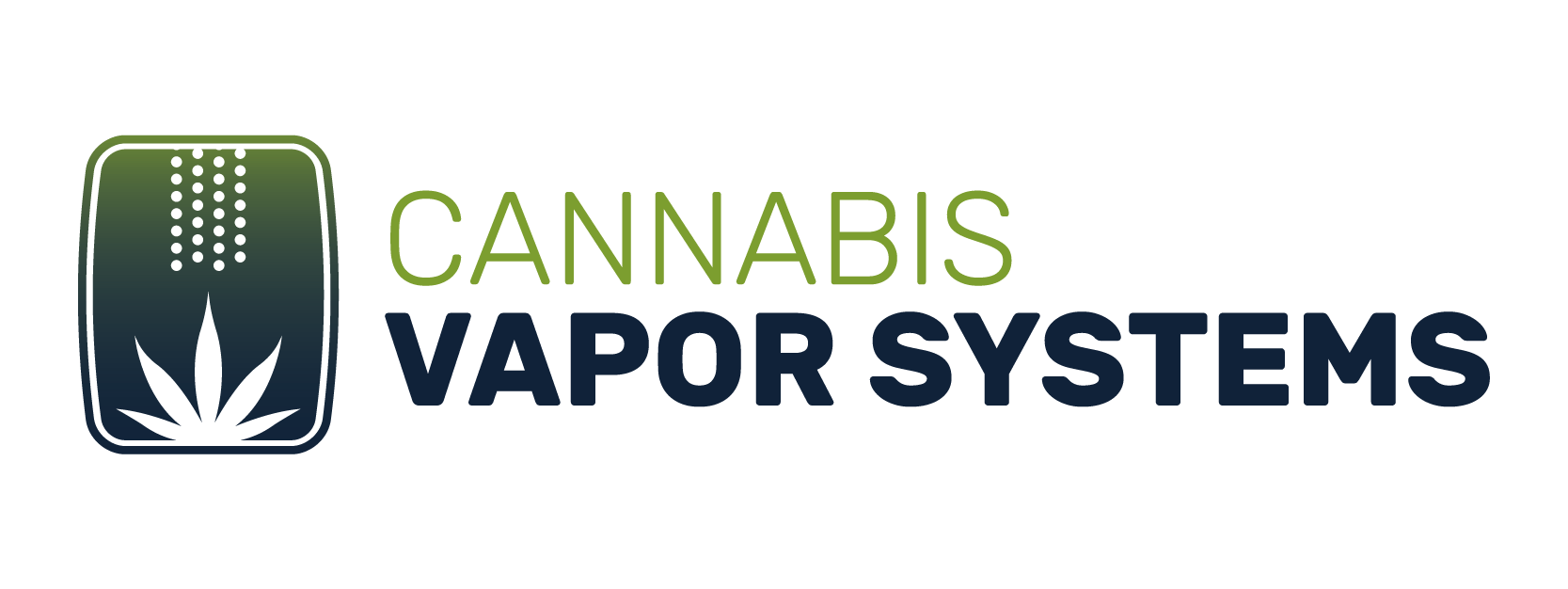If there’s a single word that explains the momentum behind cannabis vaporizers, it’s convenience. Vapor pens fit seamlessly into modern routines: they are pocketable, low-odor, dose-consistent, and ready with just a couple of clicks. But zoom in and the picture is more complex. Demographics, hardware evolution, flavor innovation, solventless adoption, price compression, and shifting safety perceptions are all shaping the category’s rise.
Younger shoppers are the engine
Generational data reveals that Gen Z and Millennials account for nearly two-thirds of total U.S. cannabis spend and more than 70% of vapor-pen sales. This outsized role shows how strongly younger adults influence the market. Having grown up with nicotine pods, these consumers are steering cannabis vape preferences toward discreet, portable hardware and flavor-driven profiles.
Vapes are a top-two category—and built for everyday use
Across legalized states, vapor pens consistently rank as the second-largest category behind flower, capturing roughly a quarter of U.S. sales. Sales data also show that vapes do not spike as sharply on social holidays like 4/20 compared to pre-rolls or beverages. This indicates that consumers treat vapes as daily “utility” purchases rather than just special-occasion items.
Disposables are surging
The biggest structural shift within vapes is format. Disposables have grown dramatically, capturing nearly a quarter of vape sales across tracked markets. Alongside disposables, all-in-one devices and proprietary pod systems are gaining traction. Consumers clearly value hardware that is simple, leak-resistant, and ready to use without extra parts or charging hassles.
Price compression created value tiers—and more trial
Since 2021, average vape prices have declined across the U.S., driven by competition, SKU rationalization, and scaled extraction. Both average item price and equivalized price per gram of oil have dropped. As brands focus on popular sizes like 1 g and 0.5 g, the market has developed clear value tiers. This price clarity makes it easier for shoppers to try new brands, explore higher-potency options, or splurge on premium lines without overspending.
Flavor drives the basket
Consumers repeatedly list taste as a top factor in choosing a vape. Surveys indicate that nearly six in ten buyers prioritize flavor, particularly in adult-use markets. This has fueled demand for dessert, fruit, and cocktail-inspired blends, as well as strain-specific “live” profiles that replicate the plant experience more closely. Retailers who stock a wide range of flavor families—citrus, berry, tropical, and gas—tend to capture greater loyalty.
Solventless (rosin) is growing from a small base
For shoppers seeking purity and rich terpene expression, solventless rosin vapes are expanding rapidly. Although they still represent a small share of the overall market, rosin has posted significant growth in the past two years. As press technology scales and consumers become more educated about the differences between live resin, live rosin, and distillate with botanicals, rosin SKUs are gaining visibility in premium segments.
Safety narratives have normalized—and boosted legal sales
The 2019 EVALI crisis temporarily shook consumer confidence in vapes, but recent analysis shows that the legal market recovered quickly. Education around tested products and transparent supply chains has anchored many buyers to licensed dispensaries. Today, shoppers trust the regulated market to provide safe hardware and reliable oil inputs, reinforcing steady demand.
Legalization and access keep widening the audience
As more states open adult-use markets, vape assortments expand rapidly. Newer markets in the Northeast demonstrate how product menus evolve from limited options to broad flavor-rich assortments as supply chains mature. Each wave of legalization brings new consumers into the vape category, often making it one of their first purchases due to its convenience and familiarity.
Cross-over vaping habits support portable formats
Research also points to overlap between nicotine and cannabis vaping, especially among young adults. On days when consumers use both, intensity tends to increase. While these are separate markets, the behavioral pattern reinforces the success of slim, portable devices with smooth airflow and rapid activation.
The headline: steady growth, sharper segmentation
Put together, the U.S. vape story is one of steady category growth alongside sharper product segmentation. Disposables and pod systems are onboarding newcomers, while traditional 510 cartridges remain the workhorse for price and strain variety. Premium segments are defined by live and solventless SKUs, while flavor-first labeling helps consumers shop with confidence. For buyers, the practical advice is simple: choose a format that fits the routine, check for lab testing and oil type, and explore different flavor families to find a daily favorite.

